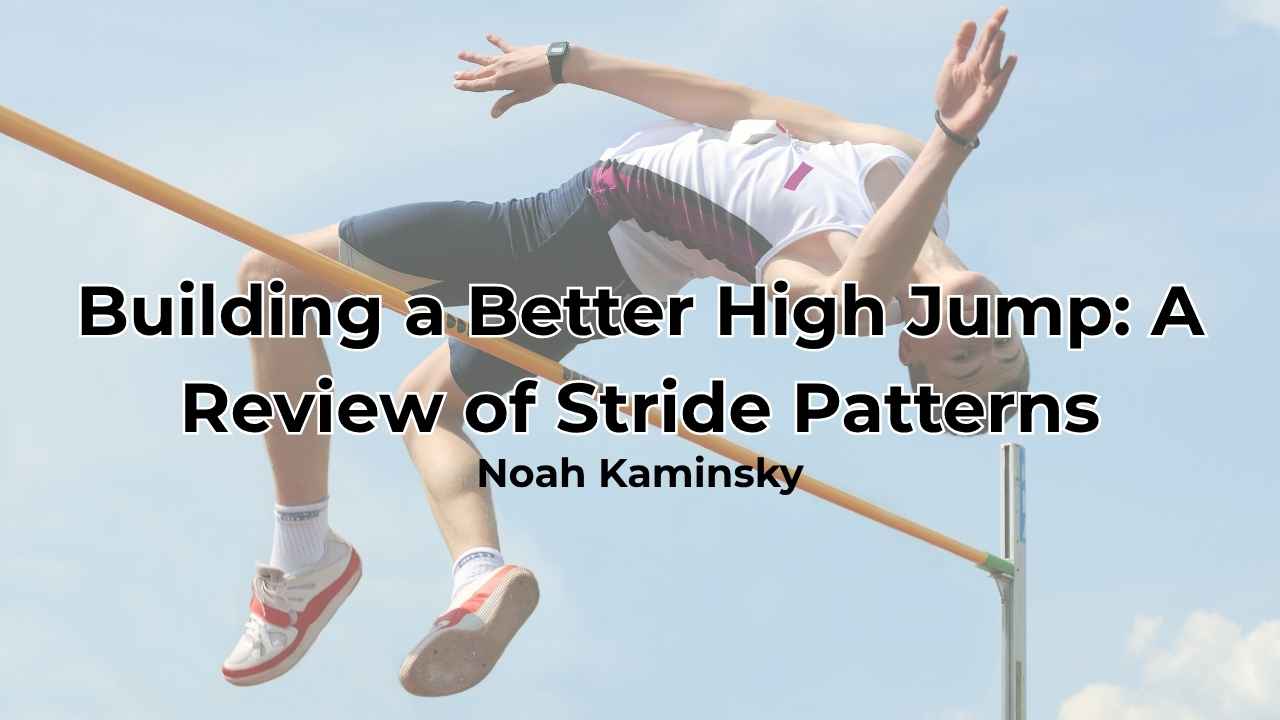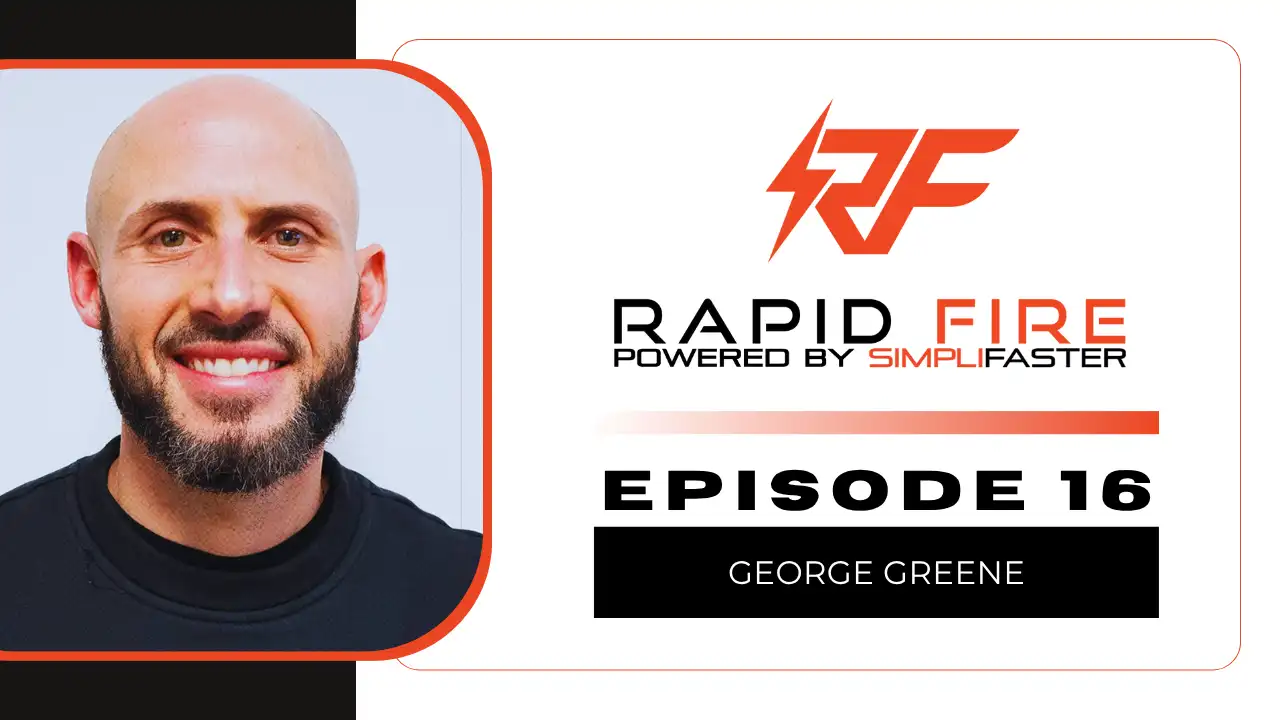[mashshare]
Matt Johnson is currently the Head Strength and Conditioning Coach for the Chicago Bulls. For years, he has helped the team both manage player fatigue and develop power. Johnson has extensive experience coaching athletes and employs sound training concepts and the latest sport science concepts in his programs. He received his degree from the University of Wisconsin La Crosse and specializes in strength and conditioning.
Freelap USA: Durability means great leg training. You are known around coaching circles for getting the basics done with superb execution. Please share how overload is important for the modern game.
Matt Johnson: Injury prevention is a huge buzzword in the industry right now. I think reducing the risk of injury while maximizing physical performance is a significantly better way to look at the overall training philosophy and goals of strength and conditioning coaches. As a part of that philosophy, durability and resiliency are two keys to keeping players available, but also keeping them performing at maximal athletic potential. Overloading athletes with maximal strength work year-round, throughout full ranges of motion, while keeping movement integrity high, can not only help build resiliency, but also ensure that athletes maintain mobility throughout a season.
Movement quality should always drive loading strategy, says @MJ_strength. Share on XMovement quality should always drive loading strategy. Athletes are exposed to forces that can exceed up to 5-6 times their body weight on the playing field. Exposing athletes to high dynamic forces in the weight room not only equips them with necessary physical qualities to excel in basketball, but also reinforces tissue tolerance in a long season.
Freelap USA: Can you get into some of the isokinetic work you do? With your rich background in conventional barbell work, share some concepts that coaches may need to brush up on with this modality.
Matt Johnson: Honestly, we don’t do a ton of isokinetic work outside of rehabilitation and the assessment process. We have an isokinetic squat machine that we use for single leg monitoring during long phase rehabilitation. This provides us with a beneficial return to play protocol for comparison to previous healthy data. It can also be useful in observing asymmetrical differences in force output with affected and unaffected lower limb injuries.
Freelap USA: Medicine ball throws are popular with basketball, as jumping athletes tend to be less interested in doing more jumps. Can you share your experience with teaching quality throwing technique to athletes who may have a solid background in training? While many athletes can throw a medicine ball above their head, how do you maximize joint use so the throw is productive?
Matt Johnson: Progression and coaching are the keys here. One of the biggest benefits of medicine ball throwing is the coordinated lower extremity and upper extremity effort that joints need to make to maximize kinetic output. Starting athletes out with static throws from all planes of movement is a great early progression, as it allows the athlete to initially focus on developing as much power as possible from an already predetermined throwing position. This allows coaches to put athletes in the correct kinematics, teach the application of tension, and maximize force output.
Progression & coaching are the keys to med ball training—putting athletes in the best position to succeed & ensuring we correct compensatory errors in the throwing process. Share on XAgain, simplifying or regressing the movement to put the athlete in the best position to succeed is the goal. The second aspect (and vastly more important) is ensuring that we coach and correct compensatory errors in the throwing process: hip extension vs. lumbar extension, hinge vs. squat, valgus vs. varus, etc. This means having a great eye for the details of what you want each joint doing during a particular throw.
Freelap USA: Collecting data in the NBA is growing. Can you share your focus on classic variables that may be less trendy? With all of the sensor technologies, simple metrics like ratios of barbell movements are perhaps even more valuable than 10 years ago.
Matt Johnson: The data movement has grown in the last five years and I think that’s a great thing. The emergence of force plates in the professional setting has provided strength coaches and sport scientists with an opportunity to measure a multitude of variables that we just never had access to measure in the past. With that wave of sport science, some basic assessments and field tests have taken a back seat.
We almost never hear of strength norms anymore for classic barbell movements and almost never hold athletes to basic standards such as 1.5-2x bodyweight squatting or 1x bodyweight power cleans, etc. These classic norms for physical performance have been lost, but can still help drive the training process. If I have an athlete squatting 2.5x his body weight, but he can’t clean 80% of his body weight, then we have a massive hole in the training process for power development.
I think this goes for much of the field testing as well. How many of our athletes have the coordination and power to even perform a 10-foot broad jump? A simple broad jump can often tell us almost more about an athletic ability then, say, a CMJ on the force plates.
Freelap USA: Mobility is a popular topic, but a very difficult quality to improve on in basketball without investing a lot of time. What advice can you give high school coaches so that athletes are compliant as they get older?
Matt Johnson: I cannot stress enough the importance of training through full ranges of motion at an early age. High school athletes don’t need to perform half or quarter squats with heavy loads. The goal of a high school strength and conditioning program should be to expose student athletes to the biggest catalog of movements possible.
The goal of a high school S&C program should be to expose student athletes to the biggest catalog of movements possible, says @MJ_strength. Share on XHaving both eccentric and concentric control of these forces should also be a priority. Al Vermeil once said that training is about “Learning how to put high forces into the playing surface in the shortest period of time and how to control and tolerate these forces.” The need for control and tolerance of these forces couldn’t be truer for an athlete with both a young biological and training age.
Since you’re here…
…we have a small favor to ask. More people are reading SimpliFaster than ever, and each week we bring you compelling content from coaches, sport scientists, and physiotherapists who are devoted to building better athletes. Please take a moment to share the articles on social media, engage the authors with questions and comments below, and link to articles when appropriate if you have a blog or participate on forums of related topics. — SF
[mashshare]





